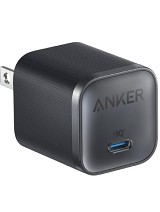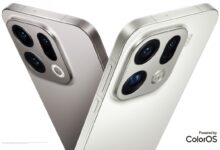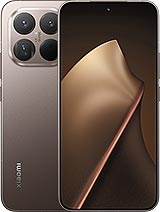Amazon Charger Deals: Top Picks for Home, Car, and Travel.
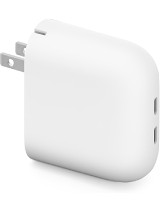
Comprehensive Guide to USB-C Charging Solutions for Professionals
The evolution of charging standards, particularly the widespread adoption of USB-C, has simplified device compatibility, effectively eliminating the need for a multitude of proprietary chargers. However, the absence of bundled chargers necessitates the selection of appropriate alternatives. This article provides a curated selection of recommended chargers, categorized by their intended use case, for professionals and tech enthusiasts.
Table of Contents:
Wall Chargers
These chargers, typically featuring one or two ports, represent the core charging solution for stationary environments. Compatibility with emerging standards and efficient power delivery are paramount considerations.
The Google Pixel Flex Dual Port 67W charger offers support for “Adjustable Voltage Supply” (AVS), a standard adopted by the upcoming iPhone 17 series. This charger delivers up to 67W via either USB-C port for AVS-enabled devices and also supports USB-PD and USB-PPS. This versatility makes it suitable for diverse charging requirements, particularly with the expected broader adoption of AVS.

For dedicated iPhone charging needs, Apple’s 40W Dynamic Power Adapter with a 60W Max rating is a viable choice. The adapter can provide 60W of power for approximately 10-15 minutes, subsequently reducing to 40W, aligning with the charging characteristics of the iPhone.
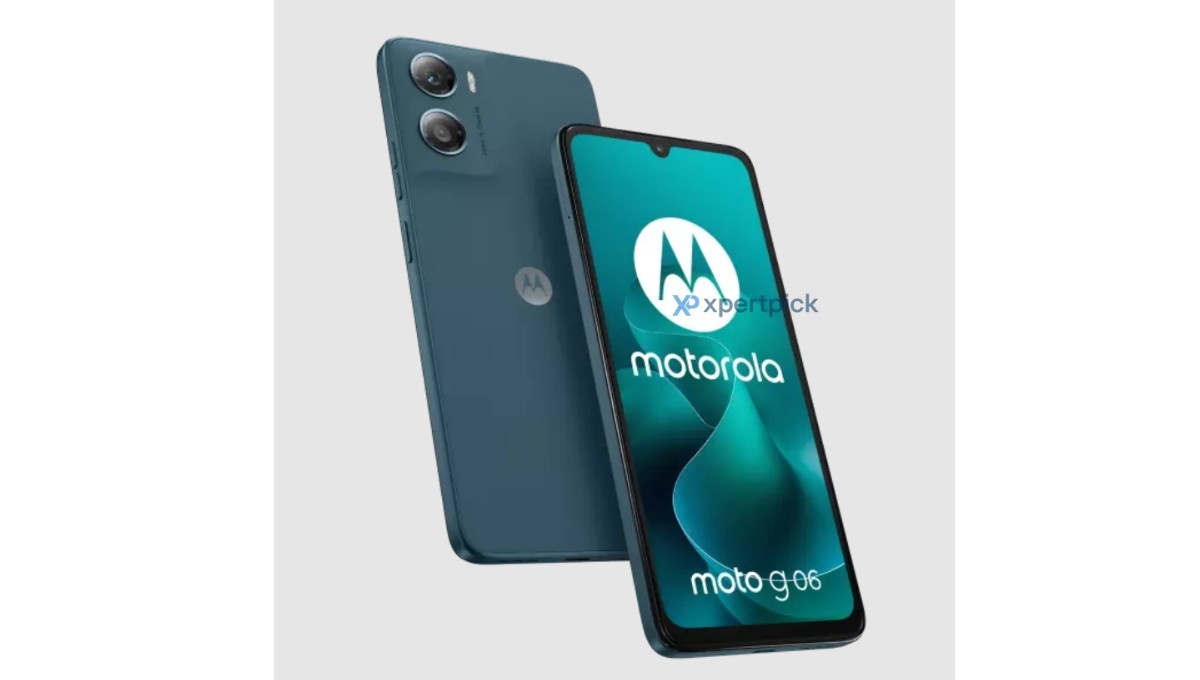
Samsung’s 45W Power Adapter (EP-T4511) supports PD and PPS. Notably, it boasts exceptionally low standby power consumption, with an official rating of “under 5mW”, which contributes to energy conservation.
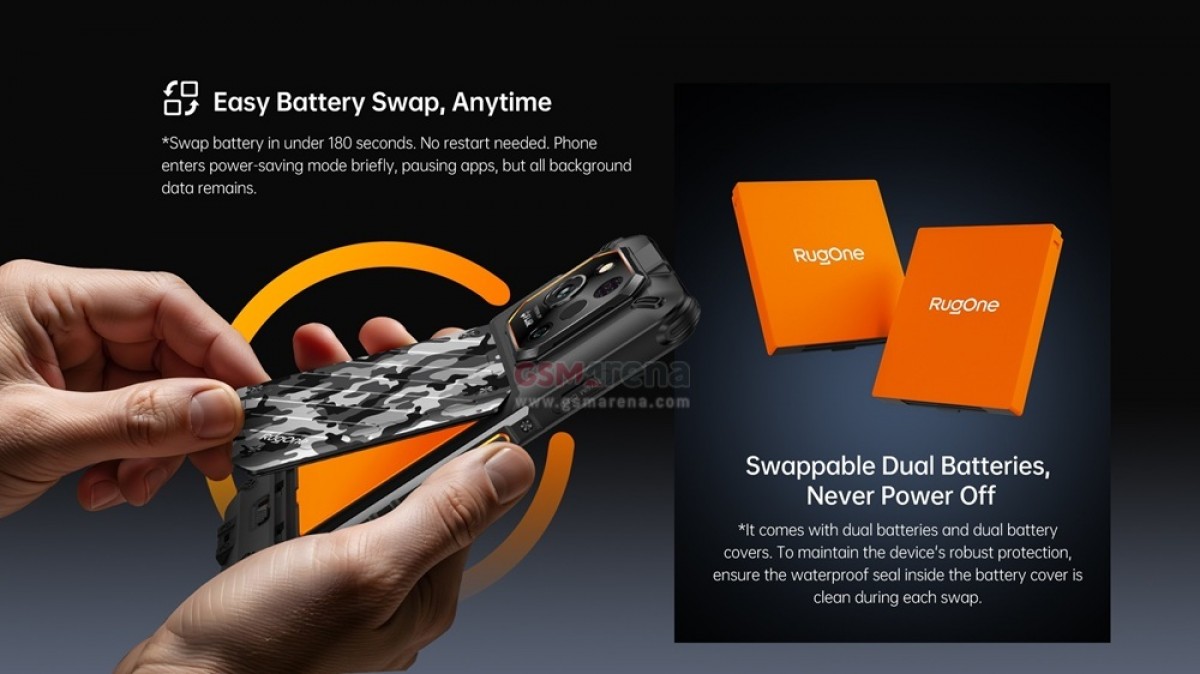
The Baseus Enercore CJ11, featuring a retractable USB-C cable and two USB-C ports, offers a convenient solution for both home and occasional travel use, eliminating the need to carry separate cables.
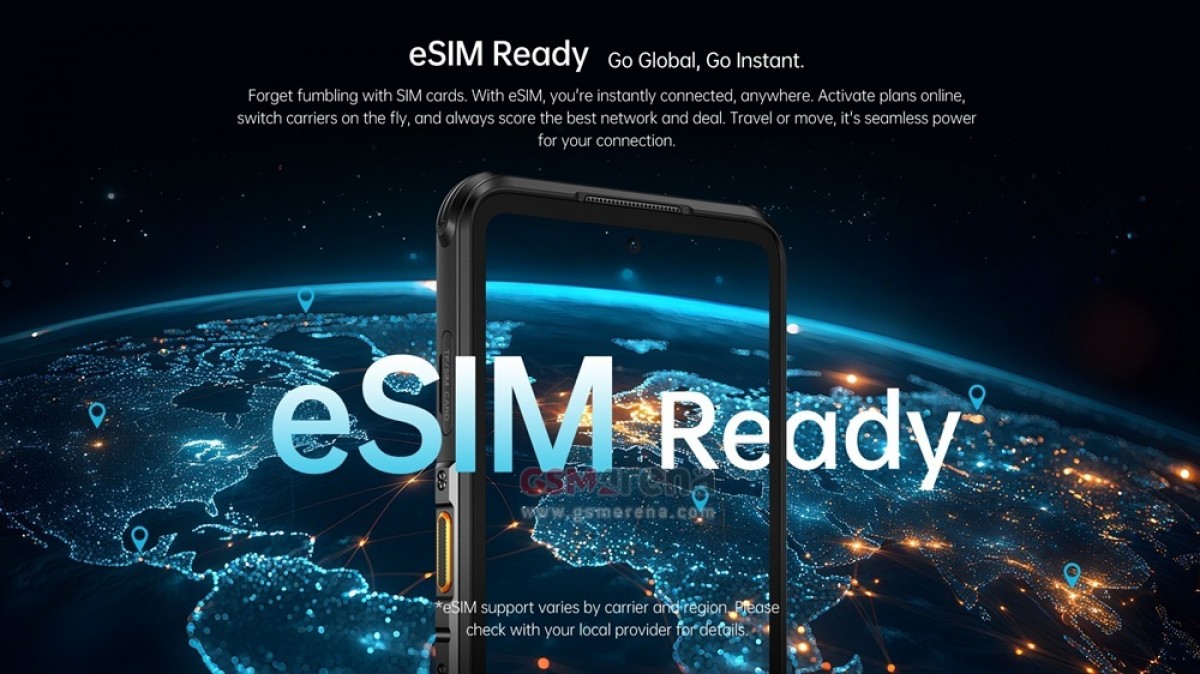
The ACEFAST PD65W charger, equipped with two USB-C and one USB-A ports, presents a versatile charging option.
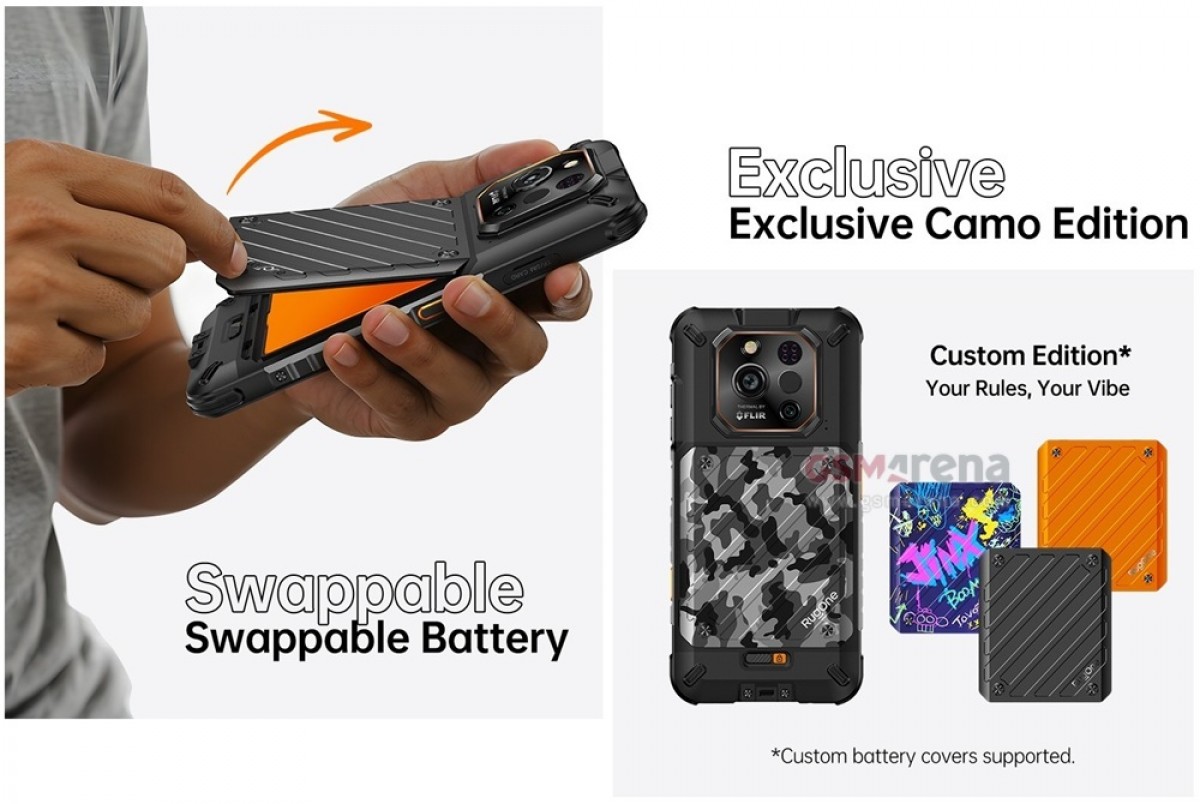
The Baseus Picogo 100W, featuring three ports (two USB-C and one USB-A), allows for simultaneous charging of multiple devices, with a built-in display indicating power delivery per port. This provides 67W+12W+12W power output across the ports.
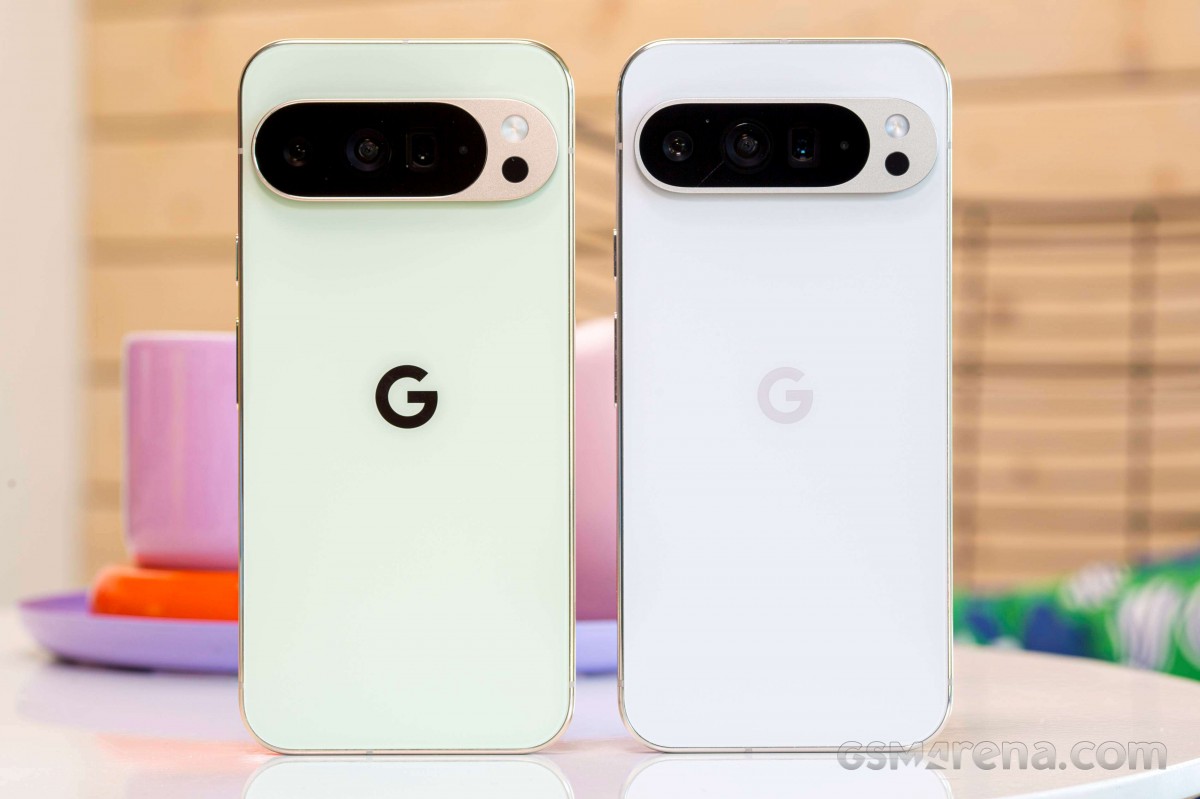
Anker chargers, such as the Nano series, provide a balance between size and power. The Anker 735 Nano II 65W can deliver up to 65W on a single USB-C port, with a USB-A port providing up to 22.5W, or offers 40W+12W+12W when all three ports are in use.
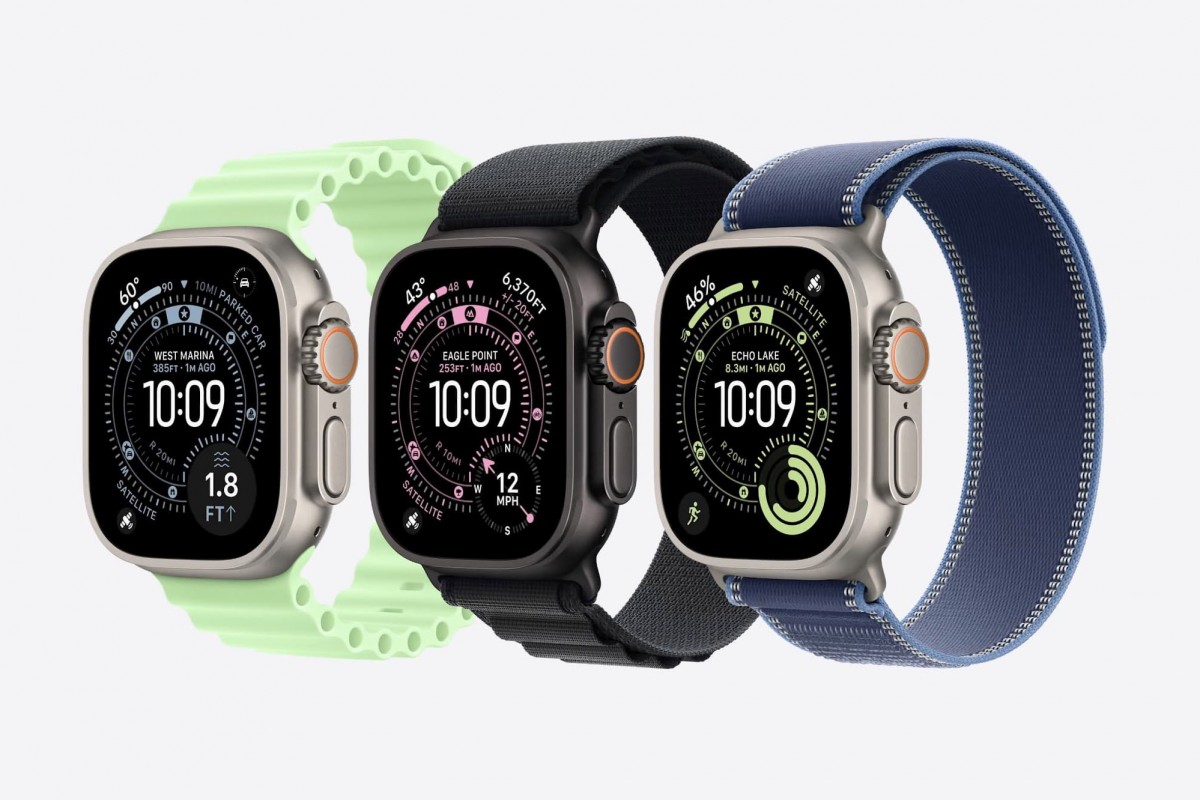
Laptop Chargers
Modern laptops increasingly utilize USB-C for charging, necessitating chargers capable of delivering at least 65W, often significantly more. These chargers are also suitable for powering high-capacity power banks.
Apple provides powerful chargers, including the 96W and 140W adapters, designed for MacBooks and iPads. While a MacBook Air may not require the full 140W, MacBook Pros can benefit from the higher power output. These chargers, featuring a single USB-C port, can also charge other devices when the laptop is not in use or running on battery.
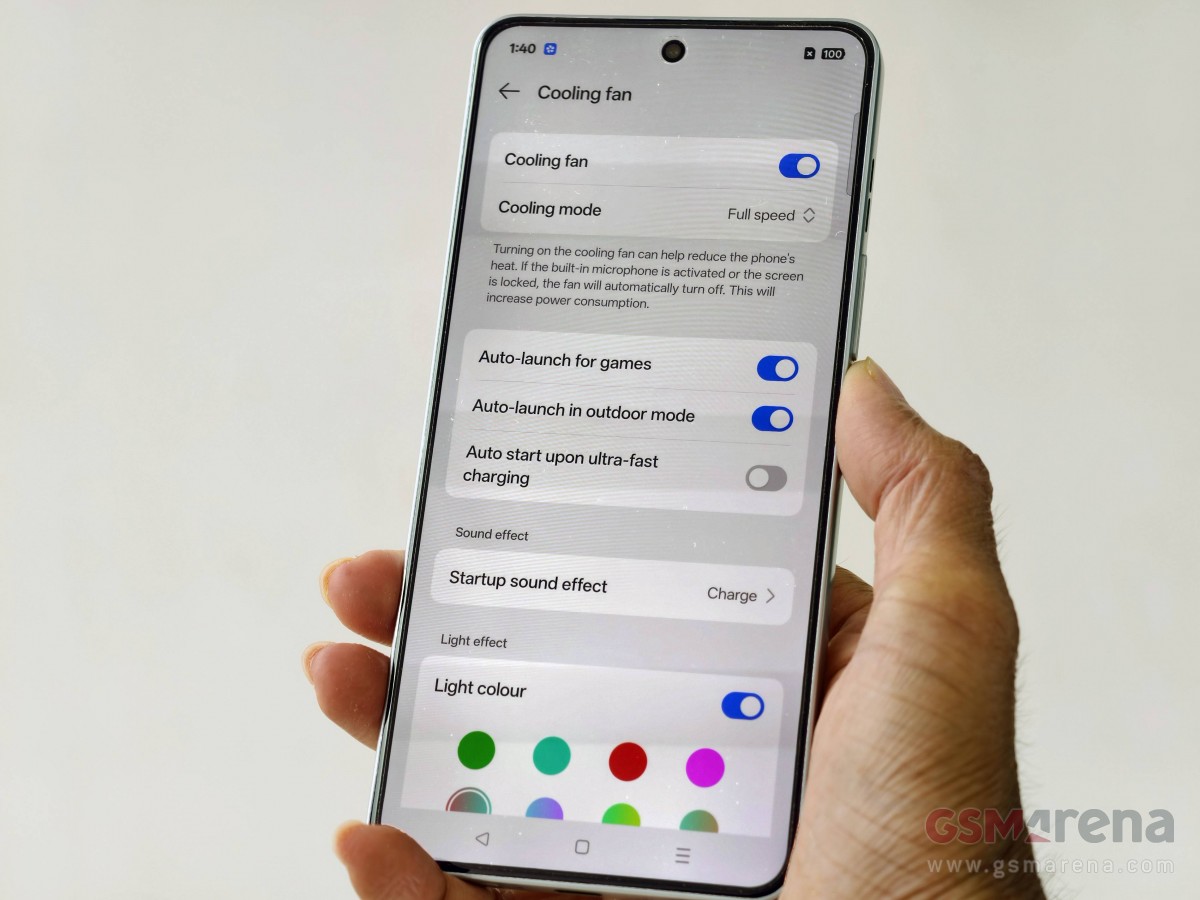
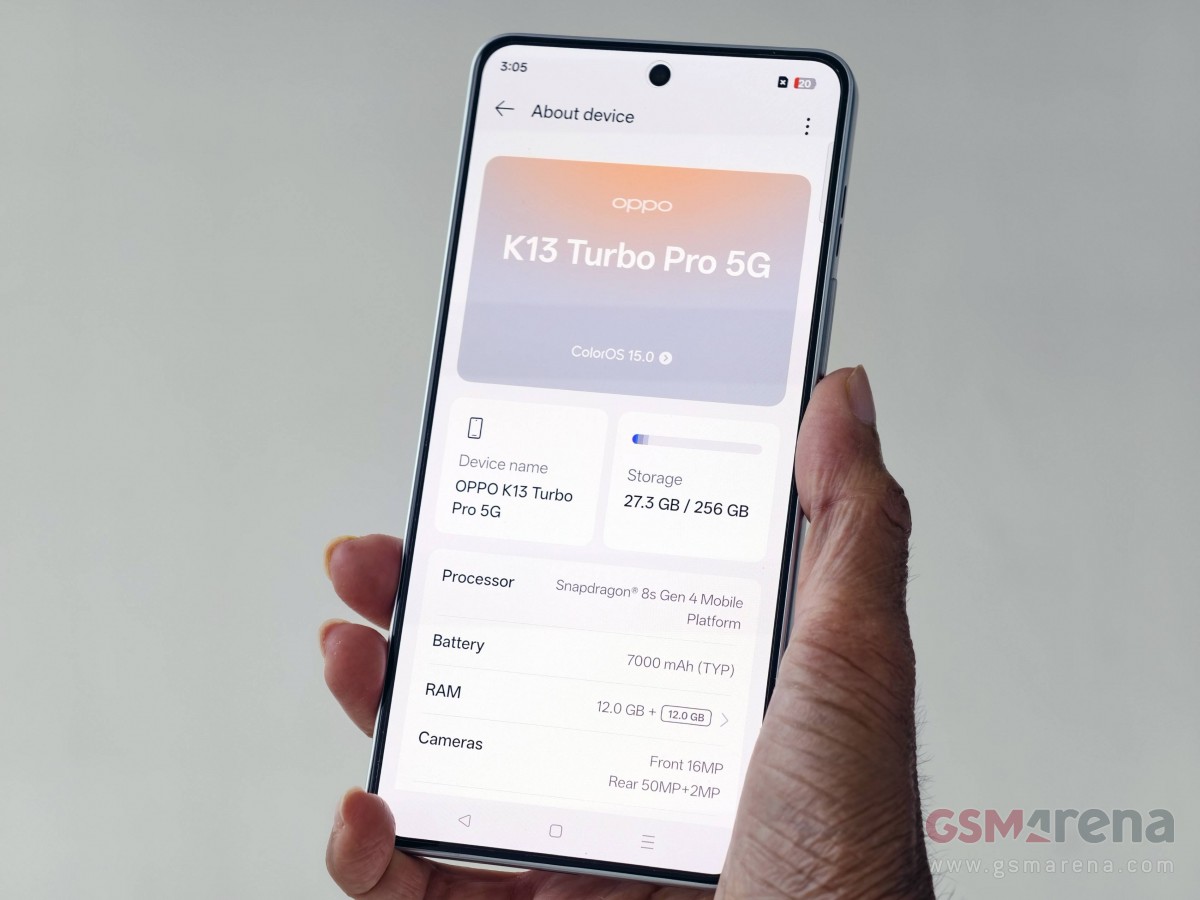
The Anker 140W Laptop Charger offers a maximum output of 140W via one of its two top USB-C ports, sufficient for all but the most demanding gaming laptops. When utilizing all four ports, the charger provides 65W on the top USB-C port, 45W and 12W on the second and third, respectively, and up to 12W on the USB-A port. An integrated display provides real-time power draw information, alongside various operating modes.
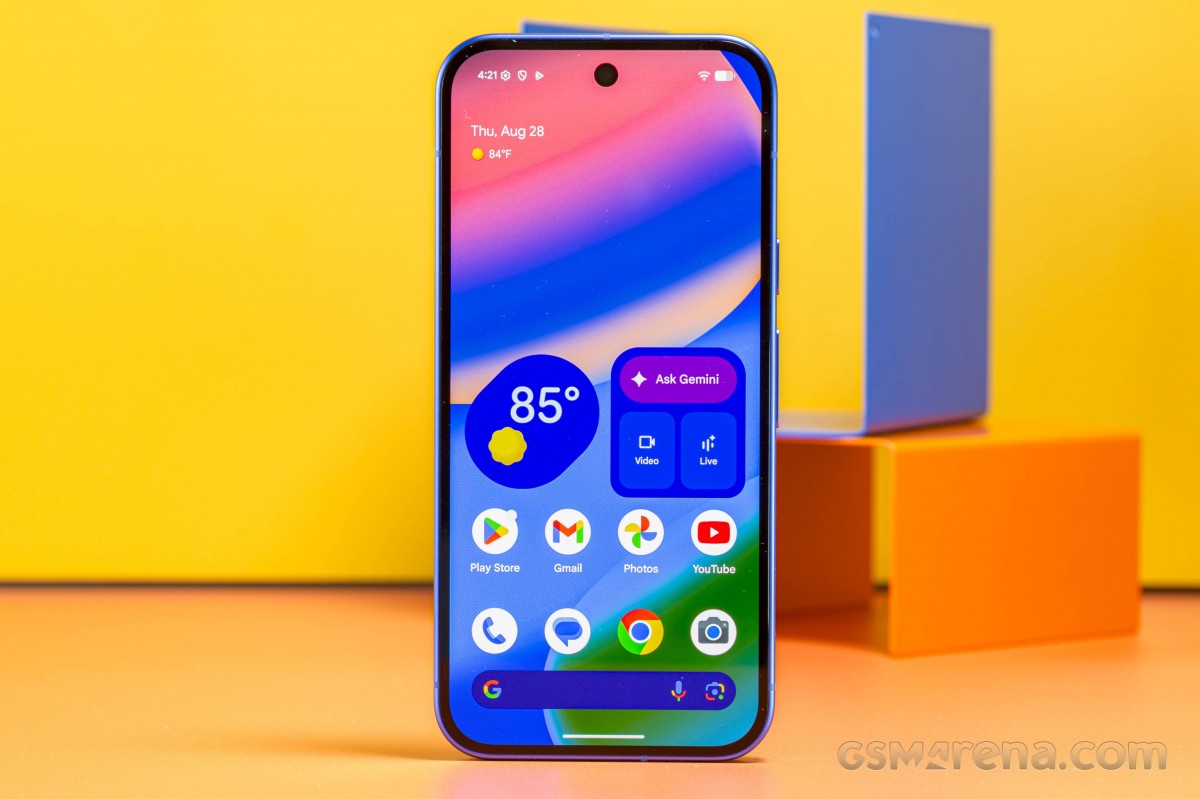
The Anker Prime Charger 250W offers six USB ports (4x USB-C + 2x USB-A) with the top USB-C port providing up to 140W. This charger distributes power dynamically across all connected devices, up to a total output of 240W/250W, depending on the number of ports in use. A 2.26″ LCD screen displays the power delivery status and also includes a clock function. The dial on the side controls port priority for power distribution management.
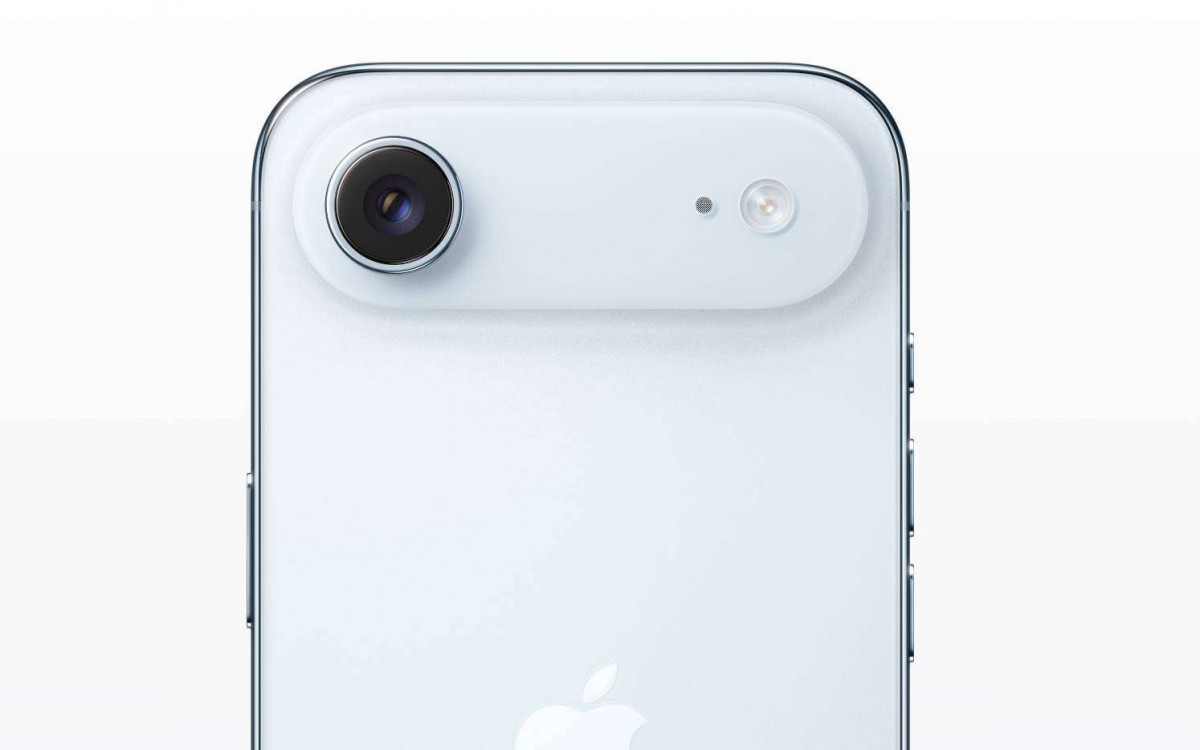
The Baseus EnerFill FH11 GaN charger provides significant power for its price, offering the full 140W to a single laptop or splitting the power to two laptops, each receiving 70W. When using all four ports, the charger outputs 65W+45W+9W+9W.
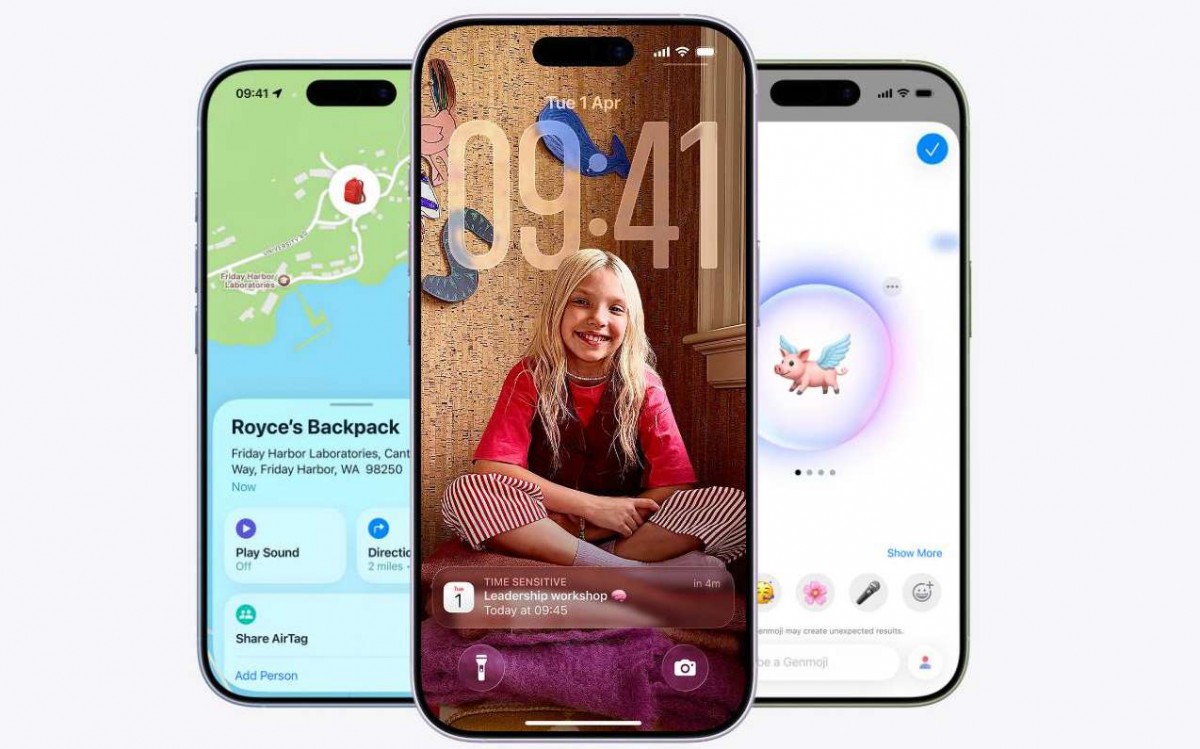
Car Chargers
Modern vehicles increasingly incorporate USB ports, primarily USB-A or USB-C, although the power output of these ports can be insufficient. Wireless Android Auto can significantly deplete a phone’s battery.
The 90W UGREEN charger provides a USB-C port, a USB-A port, and features a retractable cable, minimizing cable clutter within the vehicle. A 60W variant is also available.

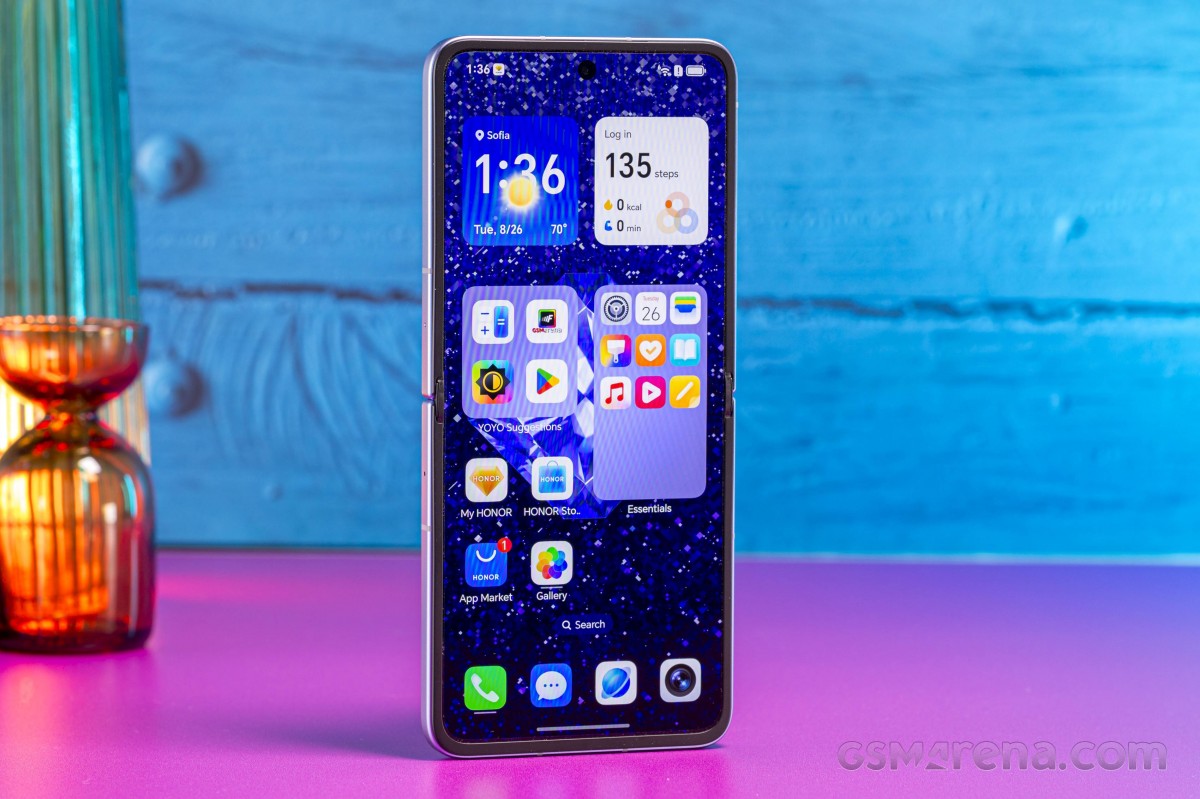
Baseus car chargers with retractable cables include the Ultra-Mini Car Charger, offering up to 60W with a retractable USB-C cable and a regular USB-C port.
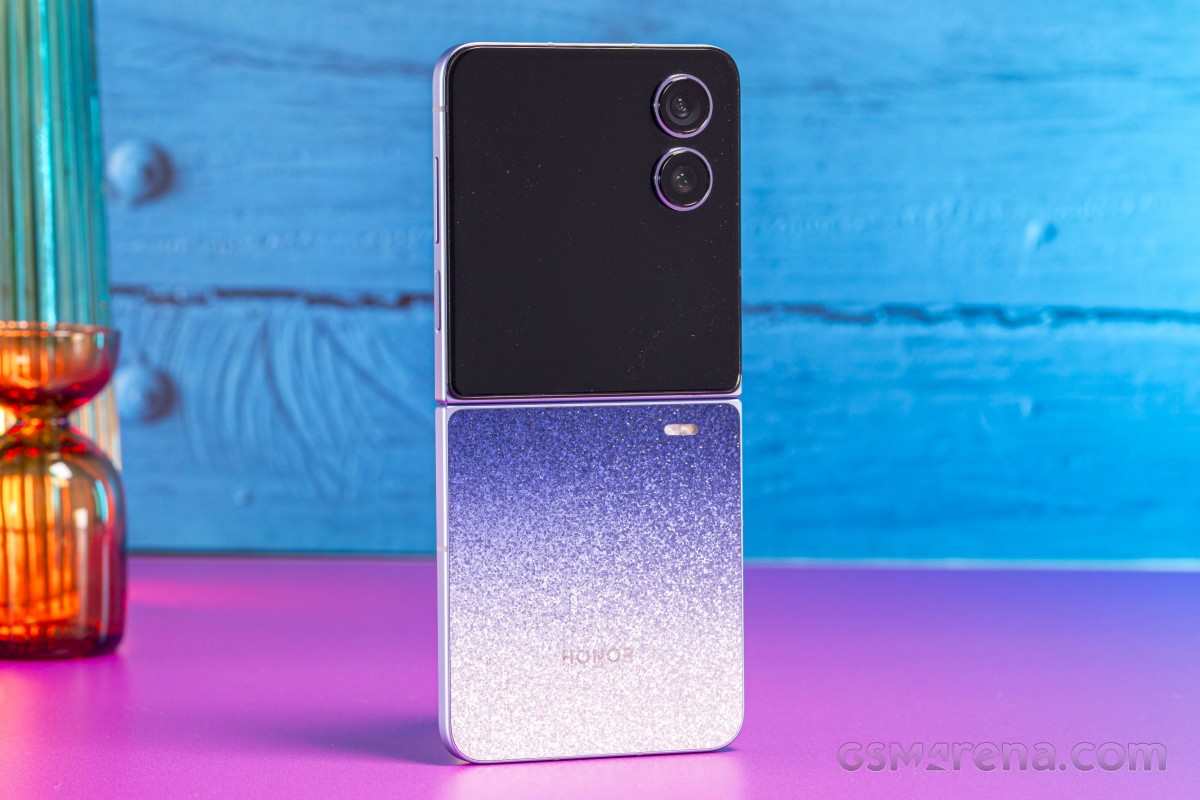
The Baseus PrimeTrip VR2 Max offers up to 163W, incorporating two retractable cables and additional USB-C and USB-A ports. A 240W variant is available, however, users are advised to verify their vehicle’s auxiliary power outlet’s capacity before use.

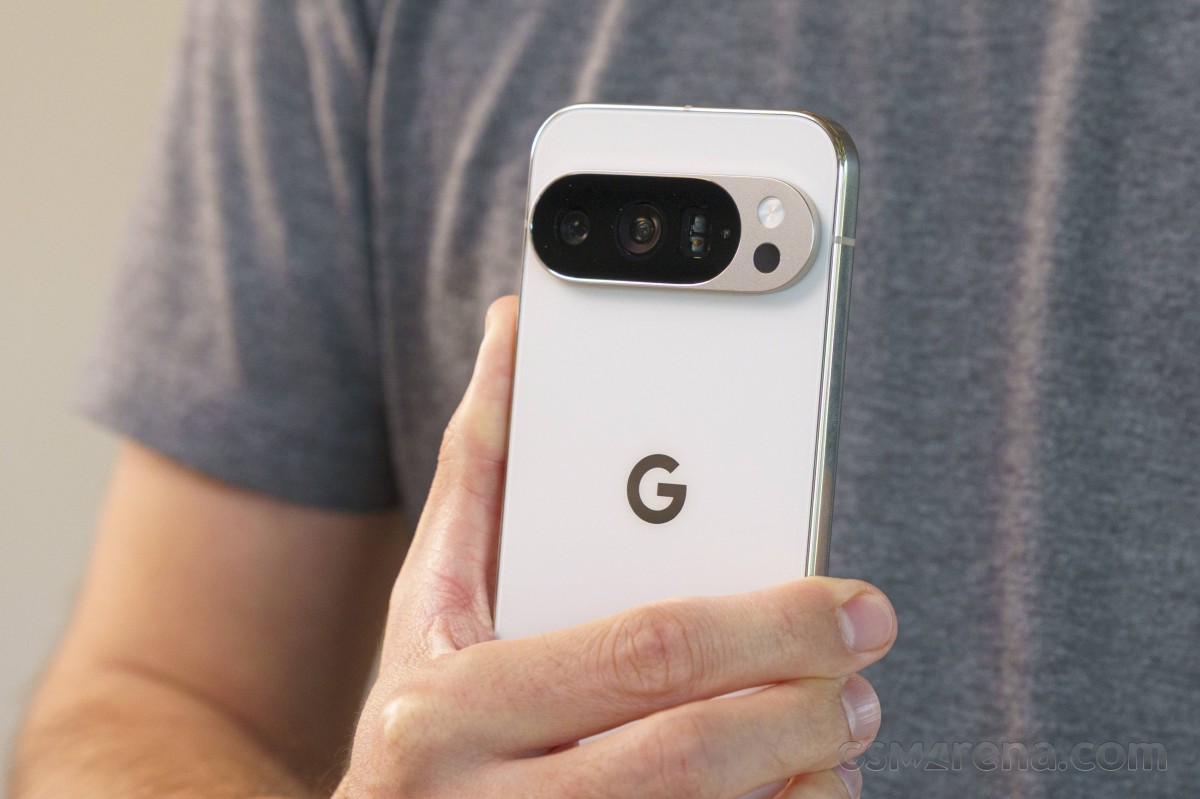
Travel Chargers
These adapters are designed for portability and versatility during travel.
The Baseus Encore CG11 is a 70W universal travel adapter, compatible with wall sockets in over 200 countries. It provides one universal AC outlet, a retractable USB-C cable, a regular USB-C port, and two USB-A ports, combining AC and DC charging capabilities in a compact form factor.
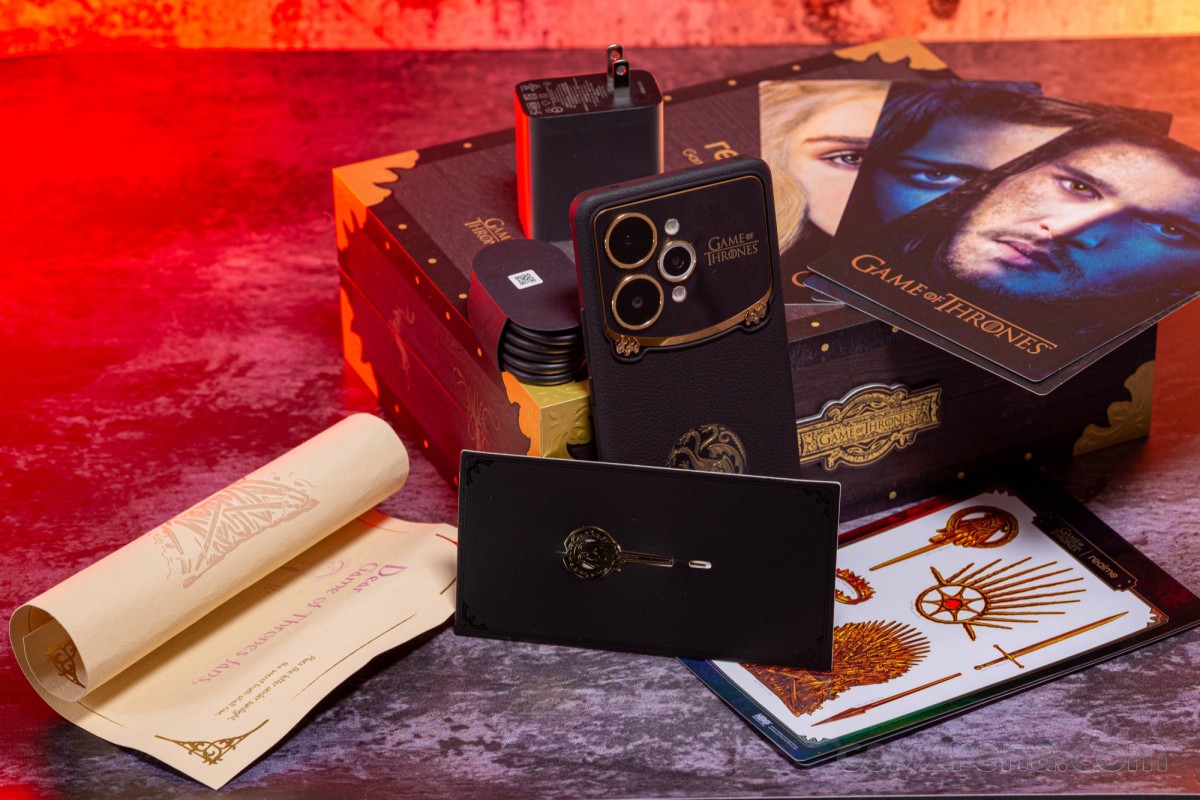
The Anker Nano Travel Adapter provides a standard US outlet and two USB-C and two USB-A ports, while the integrated USB ports deliver 20W, suitable for slower charging.

For travel within a country or to regions with compatible wall outlets, the Anker Nano 30W or 45W adapters offer a compact and powerful charging solution. The 45W adapter weighs only 2.11oz/60g and measures 1.3 x 1.26 x 1.5in/33x32x36.9mm.

